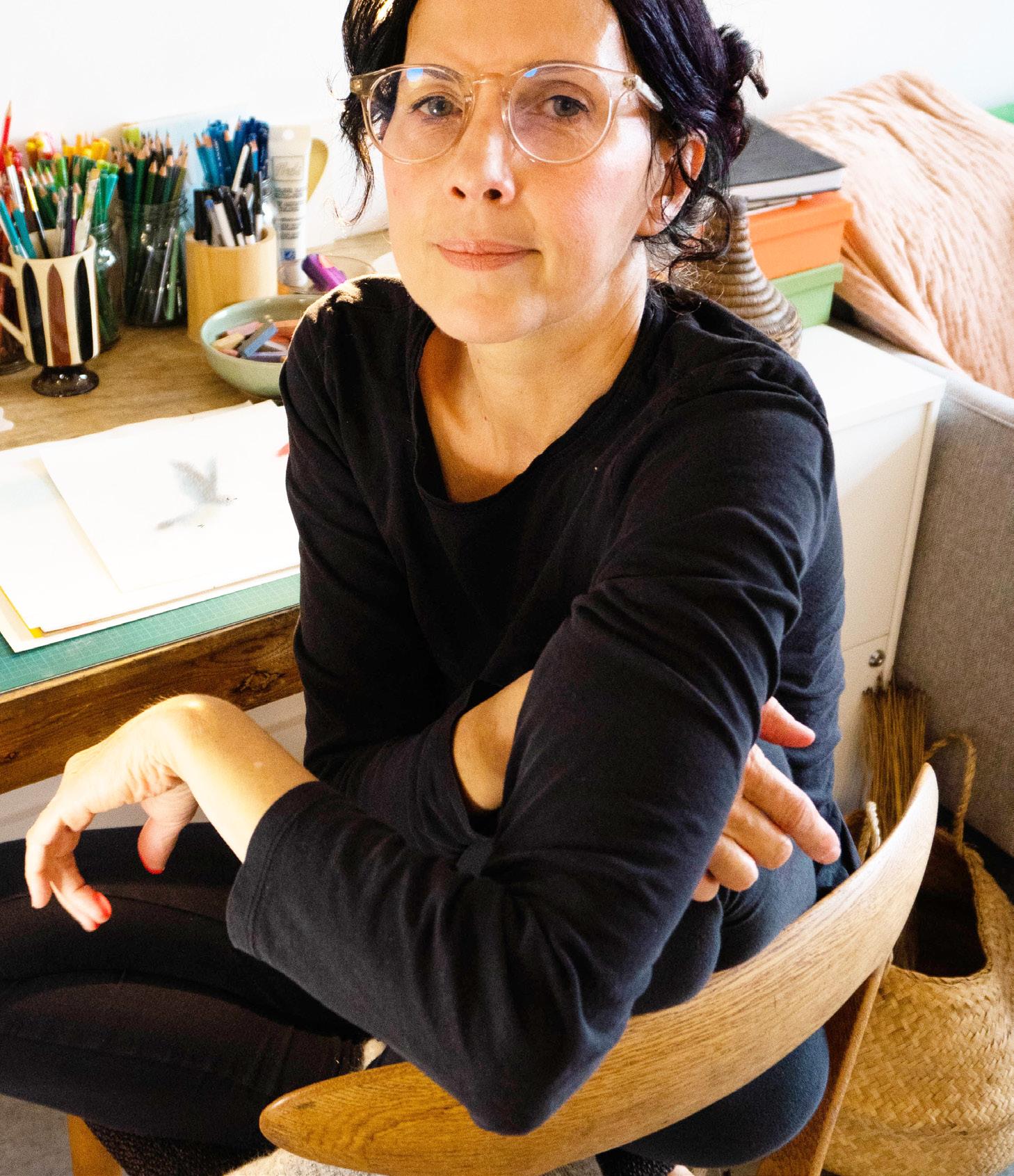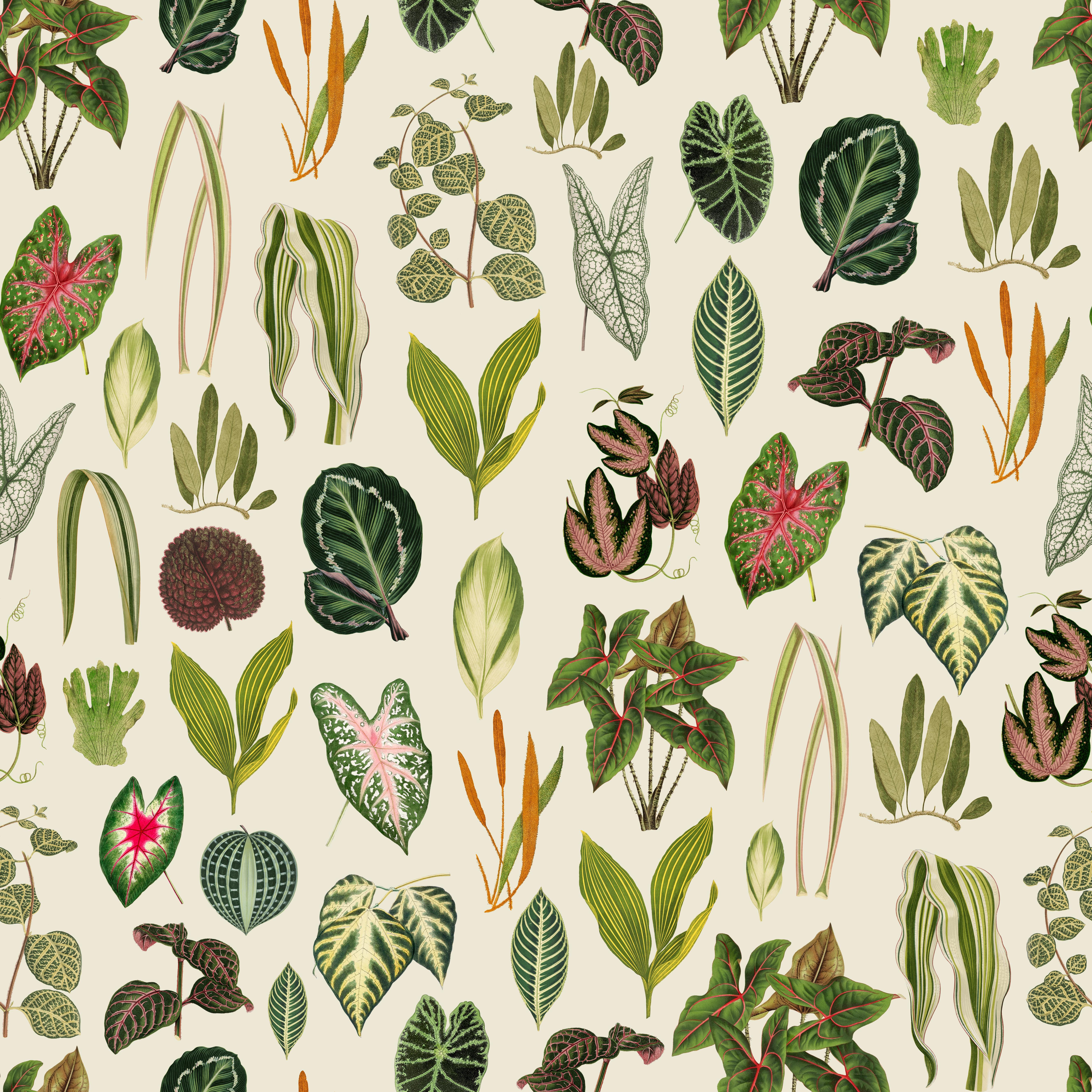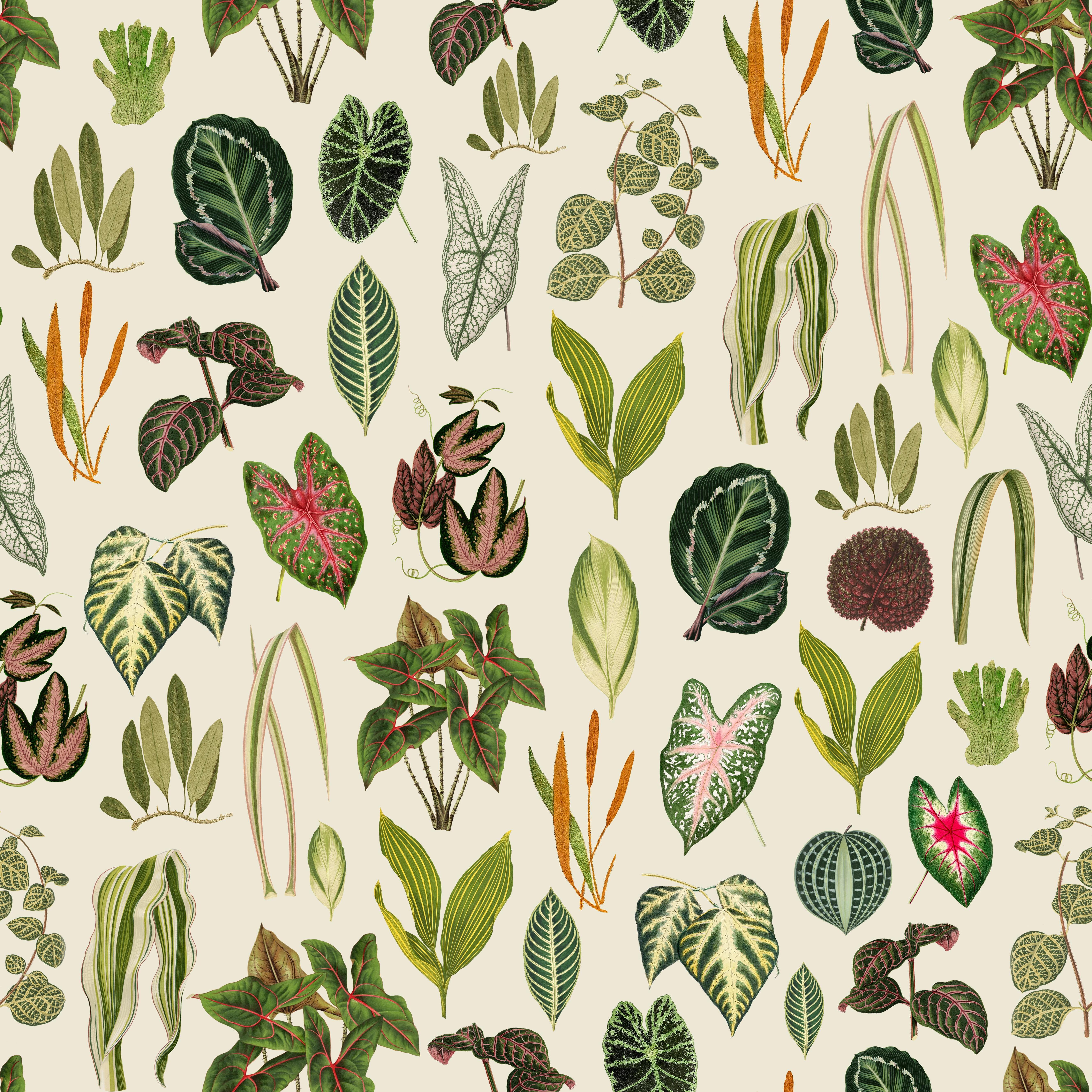
5 minute read
Contributing to Indigenous Children’s Understanding Through Books
Julie
Flett, a Cree-MÉtis author, illustrator,
Advertisement
and artist, works toward increasing representation of Indigenous Peoples by creating children’s books infused with Indigenous language and culture.
It was the reaction of an Elder, and then a child, that convinced Julie Flett to become a fulltime creator of children’s books infused with Indigenous language and culture.
Ms. Flett is a Cree-Métis author, illustrator, and artist whose collaboration on spare but evocative volumes, mostly for youngsters under the age of seven, has twice won Governor General’s awards. In 2004, she was working as an advocate and outreach worker in Vancouver’s Downtown Eastside area. She had recently drawn and coloured the pictures for The Moccasins by Earl Einarson—her first foray into book illustration. It’s a tender story about an Indigenous boy whose foster mother gives him moccasins from his community, which he keeps until he is an adult and then passes them on to his own child.
An Elder saw the book while she was visiting Ms. Flett’s office. “She opened it up and started leafing through and said, ‘Oh yeah, this was like our bedroom when we were kids.’ She was seeing herself,” the author says in a recent interview. Then a librarian friend told her about reading the book to a little boy. “He stopped her halfway through and said, with a big smile, ‘I’m a foster child!’”
The incidents combined to make Ms. Flett realize that Indigenous Peoples and Indigenous issues were not being well represented in children’s literature. “And that was it. I wanted to do books full time.” It took a number of years for that dream to turn into reality, she says, “but it just became a passion.”
Today, Ms. Flett has numerous books to her credit, some as an illustrator and some as both an author and illustrator. All but one of them have Indigenous themes, and many incorporate the Cree or Michif language.
She is responsible for the illustrations in two books by David A. Robinson that won Governor General’s Literary Awards: When We Were Alone in 2017 and On the Trapline in 2021. And her own book, Birdsong, was a finalist in 2019. She has also won the American Indian Library Association Award and the TD Canadian Children’s Literature Award.
They are significant achievements, especially for someone who was not an avid reader when she was a young girl, who was not fluent in Indigenous languages, and who was not especially encouraged to attend school by parents who both had bad experiences in formal education.
Ms. Flett says she was extremely shy around strangers when she was a child and was often permitted to stay home from school. She spent those days creating. “I would make things, draw. I’d watch Mr. Dressup and make whatever he was making,” says Ms. Flett. “Both of my parents are artists in their own right. Both of them really just loved that and encouraged that. And so that was my early start.”
After high school, she took postsecondary courses in fine art. Then her sister, who was preparing to leave a job at Theytus Books, a leading North American publisher of Indigenous authors, came across Mr. Einarson’s manuscript for The Moccasins. “She was so touched by it, she thought ‘I have to do this before I leave. We have to get this out into the world,’” says Ms. Flett. But there was no available illustrator so she asked Ms. Flett if she would be willing to create the pictures to go with the story.
“I thought, Okay, I’ll give it a try. And I really didn’t know what I was doing, which kind of worked well for the book,” she says. “I was able to do it really quickly because I had no inhibitions. It was just ‘let’s do this.’ And it’s not my top work by any means. You can see that I’m new. But it didn’t really matter because it spoke to people.”
She realized that, as long as her art told the story, she was on the right track.
The Moccasins led to other books, and it wasn’t long before Simply Read Books asked Ms. Flett if she had her own stories to tell. Her first solo effort was Owls See Clearly at Night, a Michif alphabet book.
“My grandfather was Swampy Cree, his mother was originally from Norway House and Cross Lake, two First Nations in Manitoba,” says Ms. Flett. “And my grandma was Red River Métis. So, they were both multilingual speakers.”
Although she is not fluent herself, she started to think about how valuable it would have been to have Cree or Michif books when she was a child. “Very clearly, you can’t teach a language through books,” says Ms. Flett. “But it’s something we can contribute to children’s understanding. And so that’s how it started. That’s how languages started making their way into the books.”
Her grandfather provided much of the inspiration for the bilingualism in her work. In his older years, when Ms. Flett’s grandparents moved into a social housing project in Toronto, she would call him to ask him to speak Cree to her. Although he was gradually losing his memory to Alzheimer’s disease, the Cree language was still easily accessible to him and he would just start talking.
For her book Wild Berries, in which a boy named Clarence and his grandmother spend a day picking blueberries in the woods and meet various animals along the way, Cree words and phrases are scattered throughout the English text. And a separate version was created entirely in Cree. Even though her father was not a fluent Cree speaker, Ms. Flett says the more Cree she learned, the more she began to understand him. “There’s just something really beautiful for me about that,” she says. “Before he passed away in 2019, he was always my go-to person. I would say, ‘Hey, Dad, what sort of animal, or what sort of bird, or what sort of berry is this?’ We would just have these amazing long talks about his childhood and about his life. I realized that I knew and understood the Cree worldview more. I was learning the language and connecting it back to my dad.”
Today, Ms. Flett’s books are in schools and libraries across the country, and she is thinking about creating other language-learning tools like flash cards.
Because of the growing abundance of Indigenous-language books and opportunities for Indigenous children to learn their ancestral tongues, she says she been able to watch her son and niece grow up with some degree of fluency. “They’re learning it differently to me,” she says. “They’re less inhibited and more connected to their Indigenous worldviews.”
Illustration sometimes involves 10to 12-hour days, seven days a week. It’s tiring, but the reward comes when Ms. Flett has the opportunity to read her books to children.
“When I go into schools and do talks, I will often have comments from the librarians or teachers that it is the shy kid and the kid who doesn’t usually speak who will start coming forward,” she says. She remembers one shy Indigenous boy who was listening to her stories. “He kept slowly coming up to the front. And at the end, he had a million questions, and we just went to town. Kids’ responses always surprise me. They go so deep. Absolutely, that is the best part.”


Magazine by: designsoul
ISSUE 20







